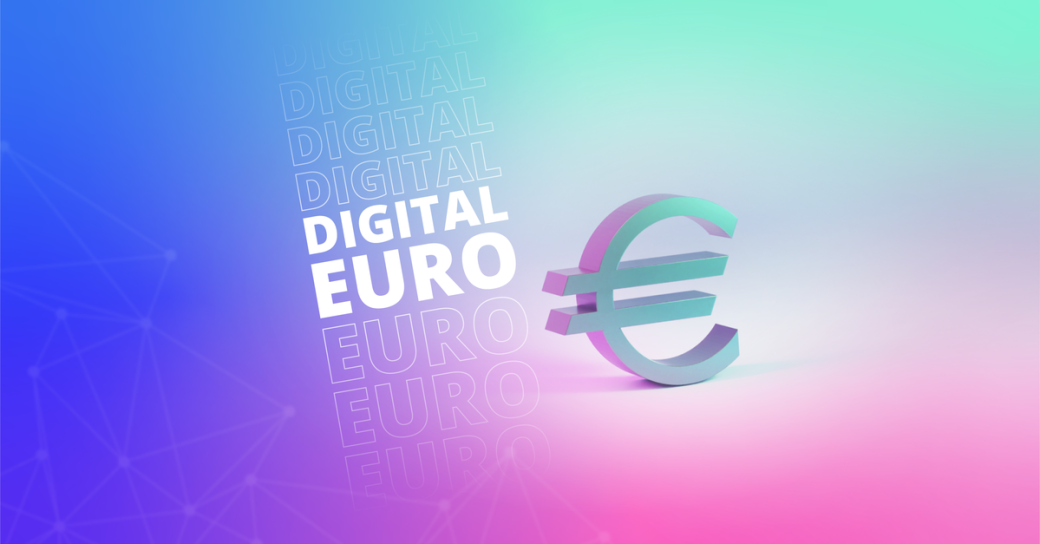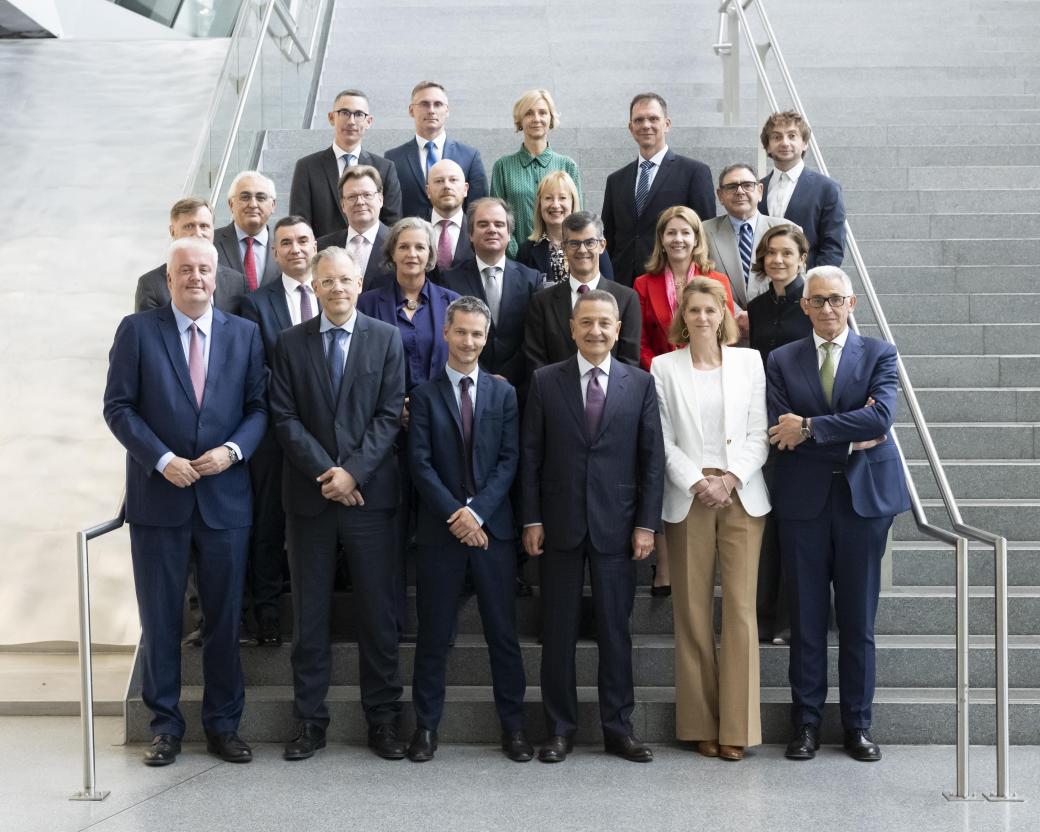Digital euro

Introduction
For a few years now, the National Bank of Belgium and the Eurosystem have been considering, in consultation with all market participants including consumer representatives and members of the National Retail Payments Committee at Belgian level, the possibility of issuing a digital euro.[1] This new form of euro cash would be versatile and accessible both online and off, covering all types of retail payments instantly and free of charge (for basic use) throughout the euro area.
Research carried out by the Eurosystem, as well as lessons learned from various consultations, has allowed progress to be made towards the possible design and issuance of a digital euro. On 18 October 2023, the ECB Governing Council therefore decided to launch the preparatory phase for this new digital currency[2], aimed at putting in place the technical solutions and commercial agreements needed for its potential issuance.
[1] See “Digital euro Project governance and stakeholders”, ECB, 2022.
[2] See Eurosystem proceeds to next phase of digital euro project, ECB, 18.10.2023

What is the digital euro?
The idea behind the digital euro is to create a digital currency with characteristics similar to cash. As such, the digital euro would be a public currency issued and guaranteed by the Eurosystem, combining the features of euro cash, such as confidentiality, offline use, mandatory acceptance and European uniformity, with the amenities offered by new technologies. As explained above, it could be used in all retail payment situations, including between individuals, at shops and for online purchases. What’s more, the digital euro would be notable due to its focus on confidentiality. It would enable small payments to be made offline, thereby protecting privacy in the same way as the anonymity associated with cash.
More specifically, access to the digital euro would be made possible through standard banking applications and a stand-alone application provided by the Eurosystem. Transactions could be carried out using a smartphone or payment card. In-depth study of near field communication (NFC) and quick response (QR) codes is being carried out to ensure ease of payment and maximum flexibility for users. In addition, aside from the possible range of (de)financing options to reduce the impact of a potential holding limit, the digital euro should enable users to set up conditional payments, thereby facilitating transactions when certain predefined criteria are met.
From the investigation phase to the preparatory phase
In October 2020, the ECB issued a report on the feasibility of a central bank digital currency denominated in euro. A public consultation on the benefits and challenges of issuing a digital euro and on its possible design was then carried out by the ECB from October 2020 to January 2021.
The investigation phase, which focused on key issues relating to the design and distribution of the proposed new digital currency, began in July 2021 and ended on 18 October 2023, at which time the ECB Governing Council decided to proceed to the preparatory phase. This new phase, which will last at least two years, aims first to finalise the rules necessary for the creation of a digital currency. It is also intended to allow more in-depth analysis of the various components of the platform that will need to be set up for tendered services, as well as of the private and public entities responsible for providing these services.
In conclusion, it should be noted that the launch of the preparatory phase does not mean that the digital euro will become a reality. This decision may be taken by the ECB Governing Council only after completion of the legislative process.
